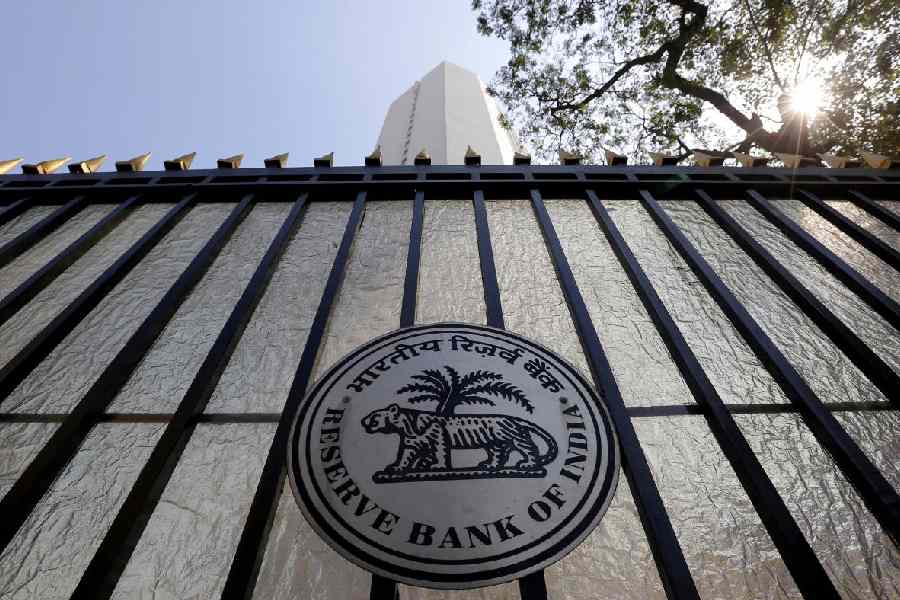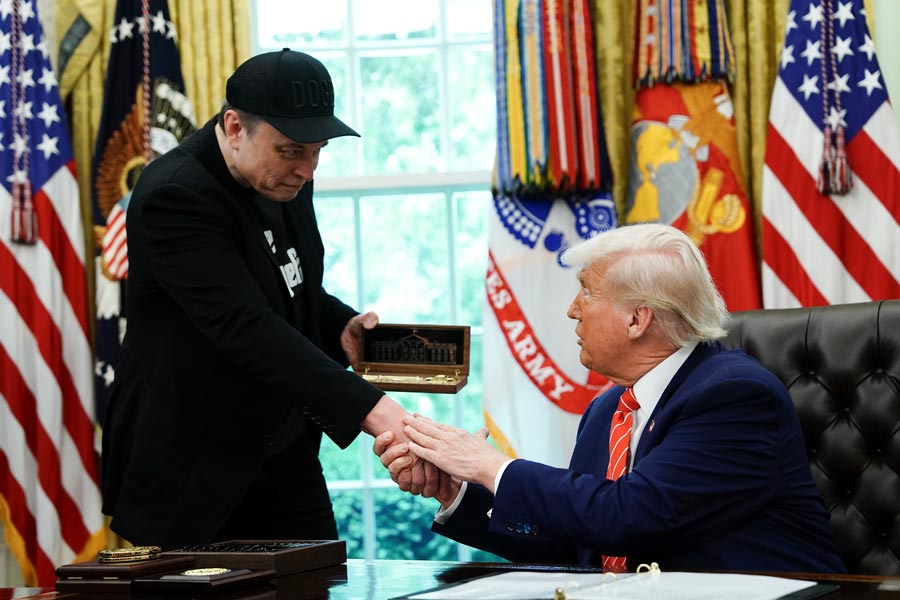.jpg) |
| Sun Temple in Konark |
Bhubaneswar, May 3: After 15 years, heritage got a beauty makeover last week.
Buddhist monuments in Lalitgiri, the Parvati temple inside the Lingaraj Temple complex, Chausathi Yogini temple, parts of the Puri Jagannath temple and the ancient temple of Dakshya Prajapati in Banpur have received chemical treatment that was last undertaken by the Archaeological Survey of India (ASI) in 1998.
Such treatment for six monuments was done last year. This year, it’s the turn of the Sun Temple in Konark, Buddhist stupas at Langudi, structures at Ratnagiri in Jajpur district and Rameswar temple (Mausima temple) in Bhubaneswar.
Sources said the chemical treatment is likely to save the monuments from the onslaught of bad weather conditions at least for 10 to 15 years.
ASI carries out chemical treatment of the rocks inside the garv griha or sanctum sanctorum of the Jagannath and Lingaraj temples every year.
An analytical chemist of ASI said different chemicals were used for two basic reasons. “As the rock surfaces are exposed to severe weather conditions, sunlight and rain, micro-vegetation grows on them causing discoloration and damage to the rocks. While basic chemicals are used to kill the vegetative growth, others are applied to strengthen the rock surface,” he said.
Deputy superintending archaeologist of ASI Ravi Kant Gupta said its science division took care of the longevity of the ancient rocks used in temple making.
“While non-ionic detergents remove the micro-vegetation from the rock surfaces, in the second phase silica-based chemicals are applied to add extra strength to the rocks.”
Assistant archaeological chemist Pramod Kumar Sahu, who was in charge of the process undertaken by ASI at Chausathi Yogini temple, said: “We treat the rocks with ammonia-based chemicals and non-ionic detergents first so that the acidic roots of the micro-vegetation gets detached. Amonia-based chemicals are used as they do not stick to the rocks and evaporate easily.”
After removing the micro-vegetation, the rock surfaces are treated with chemicals such as ethyl silicate and other silica-based chemical compounds that help strengthen the rocks. Once treated, the rocks become stronger and can repel water. Water is the major cause for decay of the rocks in monuments.
Gupta said ASI had invested around Rs 27 lakh for the chemical treatment of the ancient monuments in 2012-13. For 2013-14, it has set aside Rs 35 lakh for the process.
Sources said the main parts of Jagannath temple (Jagmohan and Lion’s Gate) would also be chemically treated this year. The work for Konark was cleared several years ago, but could not start. Now, the cleaning work is to be executed on the pidha or top of the temple. Chemical treatment at Konark will start by the third week of May. The scaffolding has already been readied.
“We will need more money for the treatment of the entire Sun Temple. Once work starts, there will be no difficulty in getting funds from the director general’s office,” Gupta said.
The science division of ASI under its Bhubaneswar Circle includes three assistant archaeological chemists and one assistant superintending analytical chemist working under a deputy superintending archaeologist. Those who work on the chemical treatment are hired on contract basis.

.jpg)









